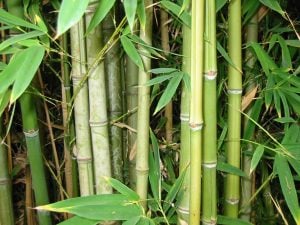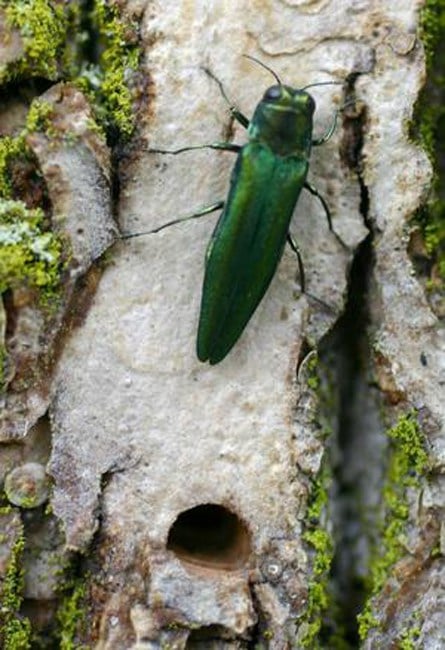Invasive species are plants, fungus, or animal species that are not native to a specific location and often spread damages to the environment and human health. Often, humans are responsible for the spread of invasive species. Some examples of how they can be carried or spread are through:
- Ships – Can carry aquatic organisms in ballast water
- Wood pallets – Insects often get into wood and can be shipped in crates of pallets around the world.
- Ornamental trees – Ornamentals can escape into the wild and then become invasive or non-native trees can be planted in your backyard.
- Pet trade – Invasive species can be intentionally or accidentally released into the wild as pets.
Here’s an example of how an invasive species can have a snowball effect on several of nature’s elements and cycles.
- In 1827, European settlers brought wild rabbits to Australia. These rabbits reproduced quickly and just as quickly began to kill native shrubs and trees by eating their seeds and stripping off their bark. This damaging of native vegetation also served to decrease the number of food sources for native small ground-dwelling mammals in Australia which ultimately led to their extinction. As a way of combating this issue, another species was introduced (the red fox). However, this introduction also had negative effects, because instead of killing a large portion of the rabbits as expected, they ate native rodents and marsupials, causing declines in native animal populations.
When foreign plants or trees are introduced into a non-native region, they can easily become invasive, because they outcompete our native plants for resources such as nutrients and light. Because of this, they can be detrimental to your landscaping and property. While most invasive species are found in wooded areas, there are also some that may purposely be brought to your backyard without realizing the effects they could have.
 Some examples are:
Some examples are:
- Bamboo
- Winter Creeper
- English Ivy
- Japanese Honeysuckle Vine
- Weeping Lovegrass
When invasive plant life or trees are found in woods, or are accidentally planted in your yard they can spread through animals. These animals feed on the invasive species, and then travel elsewhere where they excrete and digest the foreign plant life they just consumed, spreading the invasive species.
The best way to prevent the spread of invasive species is to avoid them in the first place. When it comes to your landscaping, verify that the plants you are buying and/or having planted are not invasive. The best way to know what plants and trees are best to be planted on your property is to rely on the expertise and knowledge of the professionals like those at Red Cedar. With years of education, knowledge, and experience, we know what trees will thrive on your property, and what types of ornamental and foreign plants to avoid.
A lot of tree diseases are caused by a pest carelessly being introduced from another area of the world. Some examples of this are:
- Dutch Elm Disease
- Asian Long-Horned Beetle
- Emerald Ash Bored
- Gypsy Moth
In cases where your trees or plants are impacted by such foreign invasive species, our staff is trained to analyze and detect landscape problems as well as correct them using the most effective and least invasive techniques. If you are unsure what to plant in your yard, or if your vegetation on your property is suffering from the effects of invasive species, please contact Red Cedar today for your free consultation and for the proper diagnosis and/or most effective plan for your yard!

